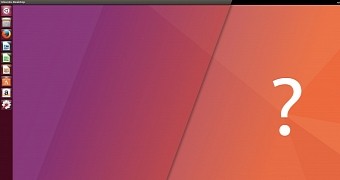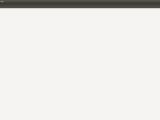According to Ubuntu developer Iain Lane, the Ubuntu Desktop team over at Canonical, the company behind the popular Linux-based operating system, has a very big task to accomplish this year for the upcoming Ubuntu 17.10 release.
As you are aware, Canonical and Ubuntu founder Mark Shuttleworth decided to stop the development of the Unity 8 desktop environment, along with the company's Ubuntu Phone/Tablet and Convergence visions, as well as to no longer support its Unity 7 interface in future Ubuntu releases.
That's why they are replacing Unity with GNOME Shell for the next major release of the operating system, Ubuntu 17.10 (Artful Aardvark), due on October 19, 2017. It's a big task, especially that they want to respect the design decisions of the GNOME Project over their GNOME Shell interface, but also offer users a user experience that tries to resemble the one used in previous Ubuntu versions.
The challenges of switching to GNOME Shell
In his lengthy blog article, Iain Lane talks about the first challenges he and his Ubuntu Desktop team are facing with the switch from Unity 7 to GNOME Shell. These include things like the header bars and application menus, for which they had to create a lot of patches to make GNOME apps look good under Unity, because, after all, Unity is based on the GNOME Stack.
Long story short, the good news for the Ubuntu Desktop team is that they will now have a lot fewer patches to maintain for making various GNOME apps look better on Ubuntu, but the bad news for many long-time Ubuntu users is that they will have to adjust to the GNOME Shell interface, thought Canonical has promised that they will try to make the migration from Unity to GNOME Shell as smooth a
"There are a very large number of Ubuntu users that are used to the way that the Unity desktop works currently. We care very much about these users, and we want to ensure that they are happy with their desktop after we switch them over to GNOME. We can get a long way by admitting that there is a certain inevitable period of adjustment that users will need to go through," says Iain Lane.

 14 DAY TRIAL //
14 DAY TRIAL // 
